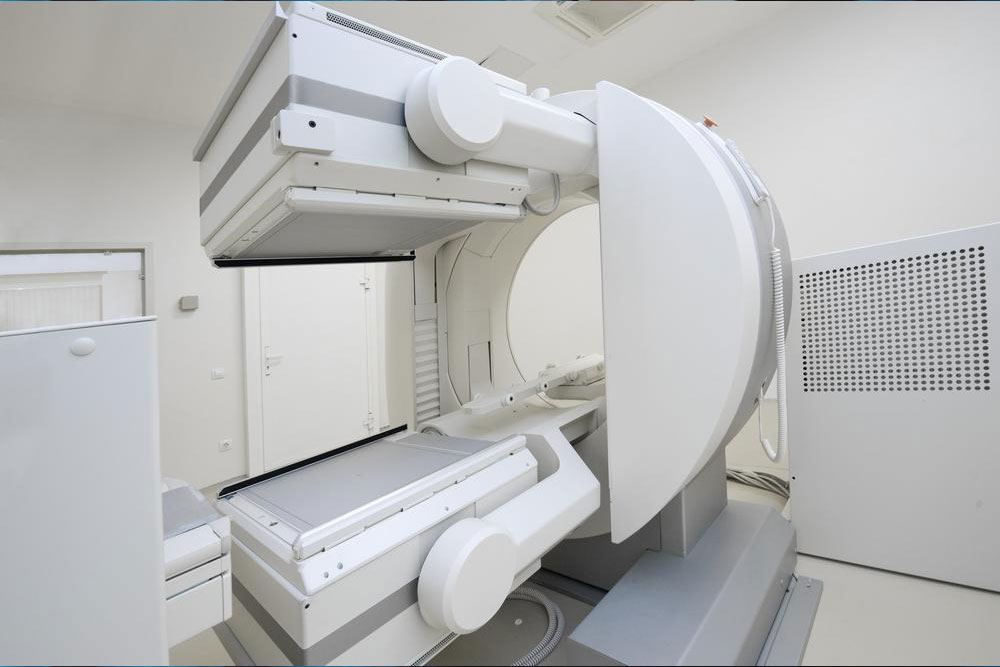Early Signs and Indicators of Cancer Spread: A Comprehensive Guide
Understanding the early signs of cancer spread is vital for timely diagnosis and treatment. This article explores the mechanisms of metastasis, key symptoms across different organs, and the importance of early detection for better management of advanced cancer stages. Recognizing these indicators can significantly impact patient outcomes and survival rates.

Understanding the Early Symptoms and Indicators of Cancer Metastasis
Cancer metastasis occurs when malignant cells break away from the original tumor and spread to other parts of the body through various pathways. This process marks a significant progression in the disease, often indicating an advanced stage known as stage IV cancer. Recognizing early signs of metastasis is crucial for timely intervention, which can improve treatment outcomes and survival rates. The secondary tumors, known as metastases, derive from the primary tumor and tend to share similar cellular characteristics. These metastases can develop in nearby tissues, regional lymph nodes, or distant organs such as the lungs, liver, brain, or bones.
Mechanisms Through Which Cancer Spreads
The dangerous aspect of metastatic cancer lies in its ability to infiltrate multiple body regions rapidly. Once cancerous cells invade surrounding tissues, they travel via blood vessels or lymphatic channels, reaching distant organs or tissues. The process involves several complex steps including local invasion, intravasation into blood or lymph vessels, survival in circulation, extravasation into new tissues, and eventual proliferation at the secondary site. The primary tumor, located in organs such as the breast, lung, colon, or skin, often initiates invasion by breaking through normal tissue barriers. Commonly affected organs include the lungs, liver, brain, and bones, which are highly vascularized and provide a conducive environment for cancer cell colonization.The initial tumor often multiplies locally, infiltrating adjacent structures and tissues. Over time, cancer cells disseminate via the blood circulation or lymphatic system to distant sites within the body. For example, breast cancer frequently metastasizes to organs like bones, the brain, liver, and lungs. The spread of metastasis can sometimes be silent initially, often making early detection challenging but critical for effective management.
Recognizing the Symptoms of Metastatic Cancer
The early detection of metastasis is essential but often complicated because initial symptoms may be subtle or absent. As the disease progresses, specific signs become evident depending on the organs involved:
Lungs: Persistent cough, difficulty breathing, chest pain, or wheezing.
Liver: Jaundice (yellowing of skin and eyes), nausea, abdominal discomfort, bloating, and unexplained weight loss.
Bones: Persistent pain, swelling, fractures, or signs of broken bones and localized tenderness.
Brain: Headaches, seizures, dizziness, changes in vision or speech, confusion, or other neurological symptoms.
Metastatic breast cancer, in particular, can develop many years after initial treatment and may initially exhibit subtle or nonspecific symptoms. Early signs to watch for include:
Breast discomfort or persistent pain
Nipple discharge or changes in nipple appearance
Palpable lumps, thickening in the breast tissue or underarm lymph nodes
Bone pain, fractures, or unexplained weight loss
Diagnosis involves comprehensive imaging studies such as mammograms, CT scans, MRIs, and biopsy procedures to confirm metastasis. Treatment strategies are tailored based on whether the cancer is still localized or has spread, aiming to control symptoms and prolong life. Once metastasis is confirmed, prognosis tends to decline, necessitating more aggressive or palliative therapies, including chemotherapy, radiation therapy, biological agents, hormone therapy, or surgical intervention. Multimodal approaches are often used to manage the disease and improve quality of life.





